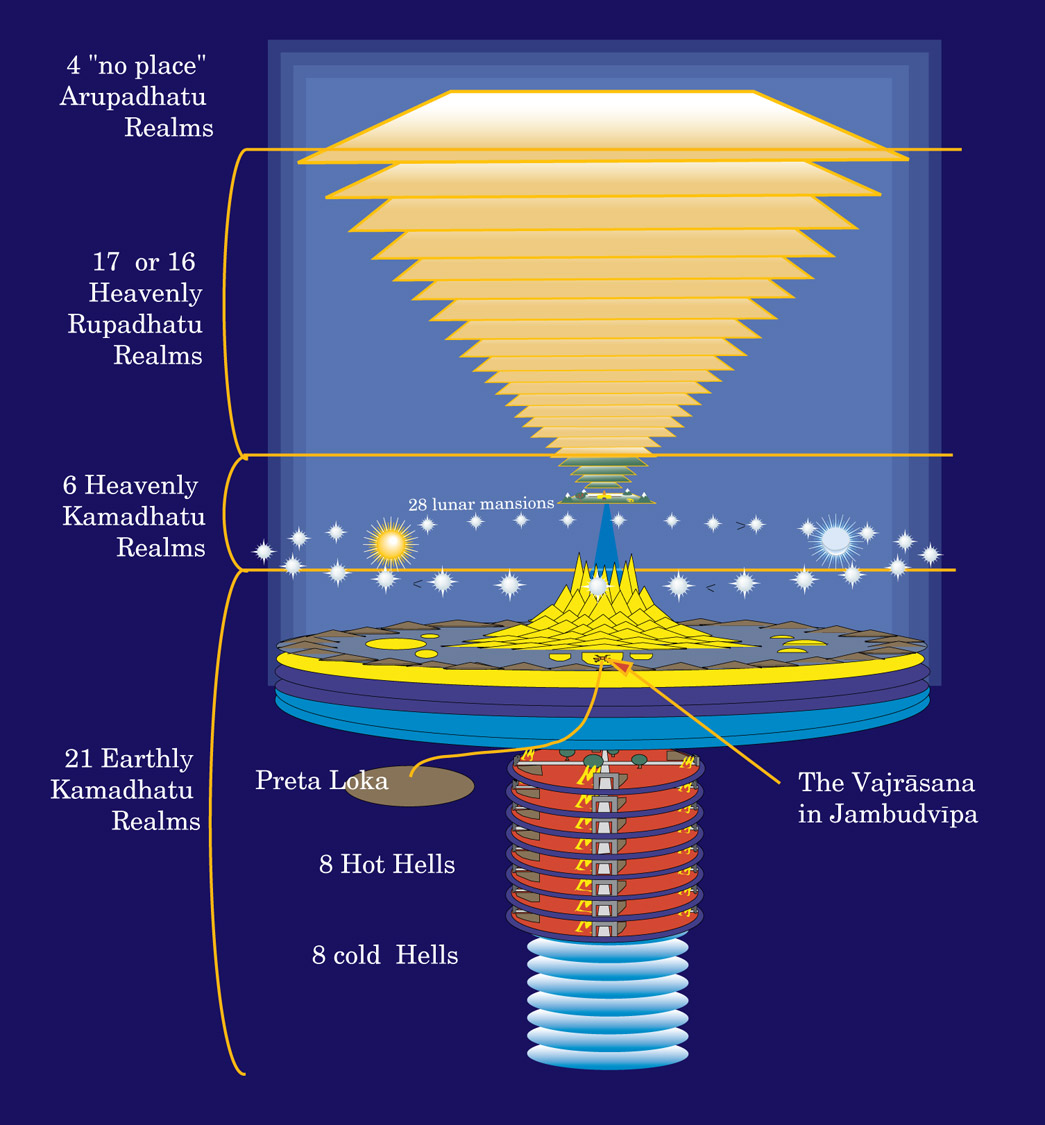It seems that you do not understand my words, or that you are merely being stubborn without comprehension. Within the scientific community, there are two aspects: accepting the occurrence of evolution, and proposing a theoretical explanation for its mechanism—the former is agreed upon by most biologists, while the latter is not. These two aspects are often conflated. biologists continue to debate over specific interpretations or mechanisms that operate in particular cases of evolution. Thus, any error that may be uncovered over time could well tip the balance.
“It is time for students of the evolutionary process, especially those who have been misquoted and used by the creationists, to state clearly that evolution is fact, not theory, and that what is at issue within biology are questions of details of the process and the relative impor-tance of different mechanisms of evolution.”
(Evolution versus Creationism, p. 31)
We have naught to do with this in any wise, for we are not of the creationist sort. With a red line under that ‘we’.
What I mentioned was in general terms, not specifics. I referred to aspects of religion in general—additionally, I deem it prudent to suspend the issuance of definitive pronouncements, for this is not a matter upon which certainty may presently be claimed, owing to the insufficiency of knowledge and the fact that all we possess are translations that oft distort the canon. Moreover, there is a marked gap in the translations of Commentarial materials.
You previously referred to the notion of a flat earth; however, I have not come across anything that suggests this to be a traditional conception—quite the contrary, in fact. What piqued my interest is what the Visuddhimagga (Ch. VII) sets forth, which contains a detailed description of how the Earth’s terrain is conceived. And within this, there is nothing to suggest that the Earth is being portrayed as flat. a noteworthy excerpt:
And as the world of beings so also the world of location. For accordingly this [world measures as follows]:
One world-sphere is twelve hundred thousand leagues and thirty-four hundred and fifty leagues (1,203,450) in breadth and width. In circumference, however:
[The measure of it] all around
Is six and thirty hundred thousand
And then ten thousand in addition,
Four hundred too less half a hundred (3,610,350).
I personally contemplate whether the cosmological description of the Earth (including the more expansive Mahāyānist paradigm as well) alludes to some form of cartographic projection; for maps, by nature, are invariably flat, serving as representations of a spherical form projected onto a plane.
